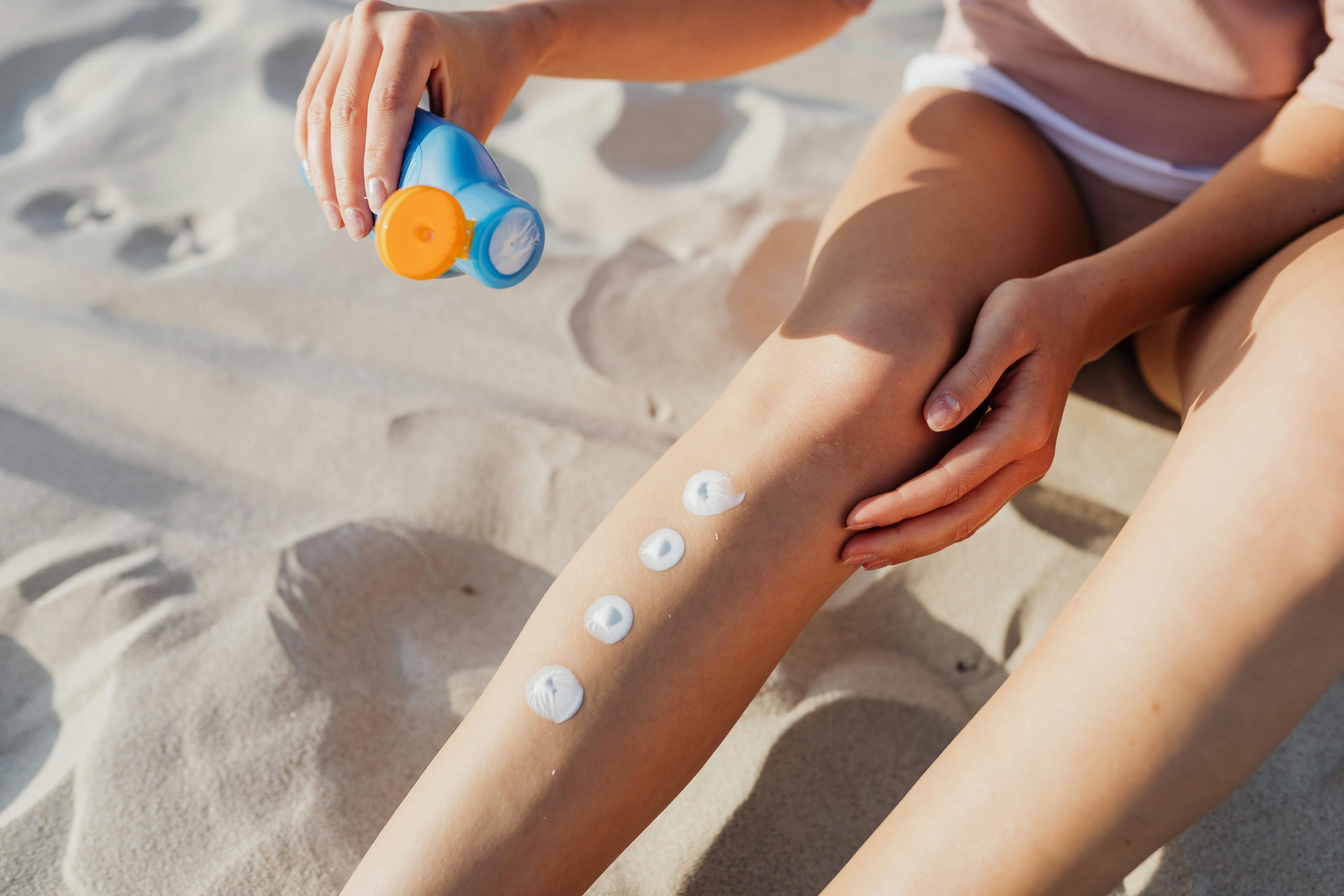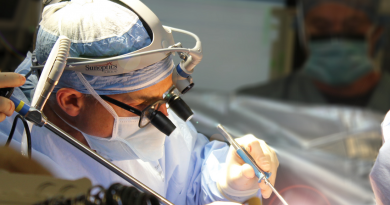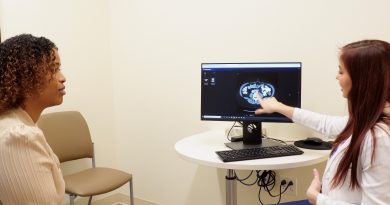Melanoma and misinformation: Baylor Medicine experts address royal skin cancer diagnosis and TikTok sunscreen claims

Sarah Ferguson, the Duchess of York, announced she has received her second cancer diagnosis this year: melanoma, a type of skin cancer. (Ferguson received this diagnosis just after finishing treatment for breast cancer.)
Melanoma is one of the most rapidly increasing cancers worldwide. According to the World Health Organization (WHO), approximately 132,000 new cases of melanoma are diagnosed globally each year. While melanoma accounts for only about 1% of all skin cancers, it causes the majority of skin cancer deaths.
Ferguson’s latest diagnosis came after her dermatologist recommended having several suspicious moles examined, which she did without delay. The 64-year-old now encourages others to seek medical advice if they notice any new, changing or concerning moles, as early detection of cancerous moles can be crucial. And experts advise the same.
“Regularly examining your moles and seeking medical advice if you notice any changes is crucial,” said Dr. Ida Orengo, Baylor Medicine dermatologist. “Early detection of skin cancer, especially melanoma, significantly increases the chances of successful treatment. If you spot any new, unusual or changing moles, it’s important to see a dermatologist promptly.”
Diagnosis and treatment
Melanoma diagnosis typically begins with a biopsy of suspicious moles under local anesthesia, which are then analyzed under a microscope for histopathological examination. For localized melanoma, the primary treatment is surgical excision, aiming to remove the tumor along with a margin of healthy tissue as well as assessment of the draining lymph nodes using a procedure called sentinel lymph node biopsy. Sentinel lymph node biopsy is a minimally invasive technique to evaluate the draining regional nodal areas. This procedure remains the most sensitive test to determine if an early melanoma has spread. We offer this to any healthy patient with a melanoma of greater than 0.8mm inch depth. In more advanced cases, surgery may be supplemented with additional treatments such as immunotherapy, targeted therapy, lymph node dissection or radiation therapy.
“When treating melanoma, my goal is to surgically remove the tumor along with a margin of healthy tissue to ensure all cancerous cells are eliminated as well as accurately assess lymph nodes for microscopic spread of cancer,” said Dr. E. Ramsay Camp, Baylor Medicine surgical oncologist. “This surgery is crucial in preventing the spread of melanoma to other parts of the body as well as identifying those patients with early spread who may benefit from further therapy. Early detection and prompt surgical intervention significantly improve the chances of a successful outcome.”
Melanoma prevention
Camp and Orengo stress the importance of preventing melanoma by wearing sunscreen.
“We know that the sun is an important factor in the development of skin cancer along with genetic predisposition. Therefore, it is crucial to try to prevent damage from the sun. Sunscreen protects the skin from the harmful effects of ultraviolet (UV) radiation by absorbing, reflecting or scattering the sun’s rays,” Orengo said. “There are two types of UV radiation that can damage the skin: UVA and UVB. UVA rays penetrate deeply into the skin, causing aging and long-term damage, while UVB rays are responsible for sunburn and play a significant role in the development of skin cancer. Sunscreens contain active ingredients that either absorb UV radiation (chemical sunscreens) or reflect it (physical sunscreens), thereby preventing it from reaching and damaging the skin cells.”
Do sunscreens cause cancer?
Recent TikTok influencers have suggested that sunscreen chemicals can be absorbed into the skin and cause harmful effects, including cancer. Contrary to these claims, dermatologists and oncologists agree that sunscreen is a critical tool in preventing skin cancer, including melanoma.
“There is no credible scientific evidence that sunscreen causes cancer,” Camp said. “In fact, numerous studies have shown that regular use of sunscreen significantly reduces the risk of developing skin cancers.”
Numerous studies have demonstrated the effectiveness of sunscreen in reducing the risk of melanoma and other skin cancers. For example:
- A landmark study published in the Journal of Clinical Oncology followed more than 1,600 Australians for more than a decade and found that regular sunscreen use reduced the incidence of melanoma by about 50% compared to those who used sunscreen sporadically.
- Research published in the American Journal of Epidemiology showed that individuals who used sunscreen with an SPF of 15 or higher had a significantly lower risk of developing melanoma compared to those who did not use sunscreen regularly.
- The International Agency for Research on Cancer (IARC) and WHO have both recognized that sunscreen use is a critical part of a comprehensive sun protection strategy, alongside wearing protective clothing and seeking shade.
These studies highlight that consistent and correct sunscreen use can play a vital role in protecting the skin from harmful UV radiation, ultimately reducing the risk of developing melanoma and other skin cancers.
How to properly use sunscreen
- Find a sunscreen that you like and will use with a broad-spectrum SPF of at least 30.
- Apply 20 minutes prior to exposure.
- Reapply every two hours or more frequently if swimming or sweating.
- Replace sunscreen annually – they do have an expiration date.
- Don’t keep sunscreen in the car. It gets hot and will not be effective.
Other ways to protect yourself from the sun include
- Seek shade if your shadow is shorter than you. This is when the sun is overhead and most intense.
- Wear protective clothing (tightly woven material, usually cotton polyester blends, UPF factor 30 or wash clothes with SUN GUARD).
- Wear a 3-inch brim hat without holes.
- Wear UV-protective sunglasses.
- Eat a diet rich in fruits and vegetables and green tea to get your antioxidants.
- Eat a diet rich in omega-3 fatty acids, which have been shown to prevent sun damage.
“Understanding risk factors such as fair skin, family history, presence of moles and taking preventive measures, such as using sunscreen and avoiding tanning beds, can help reduce the risk of developing melanoma,” Orengo said. “Regular skin checks and monitoring for any changes in moles are crucial for early detection and effective treatment.”
If you would like to make an appointment with a Baylor Medicine dermatologist, call 713-798-6131.
By Tiffany Harston, communications associate with the Michael E. DeBakey Department of Surgery



